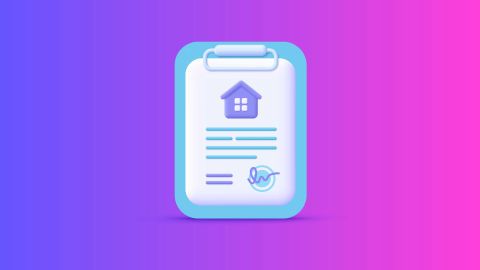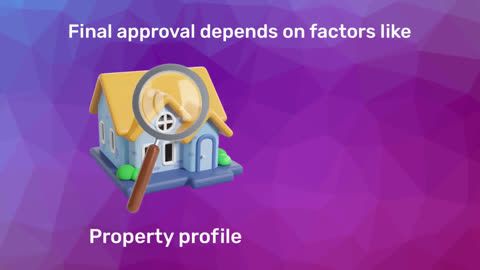This guide explains the essential tips to write a home loan closure letter. By the end of this article, you will have everything you need to make the process simple and hassle-free.
Why is a home loan closure letter important?
A home loan closure letter is a formal communication that helps you:- Notify your lender of your loan repayment in full.
- Request the release of property documents held by the lender as collateral.
- Seek confirmation of the closure of your loan account.
Essential tips for drafting a home loan closure letter
Below are some essential tips to help you draft a clear, professional, and effective letter.1. Be formal yet simple: Use professional language, but keep the tone straightforward. Avoid complex jargon and write clearly.
2. Include key details: Make sure your letter includes:
- Your full name as registered with the lender.
- Loan account number.
- The date of loan repayment.
- A request for a no-objection certificate (NOC) and release of documents.
4. Request additional documents if needed: Along with the NOC, ask for documents like payment history and original property papers.
5. Keep a copy: Always keep a copy of the letter and any communication for future reference.
Documents you should collect after loan closure
After submitting your closure letter, ensure you receive the following documents from your lender:1. No Objection Certificate (NOC): An NOC confirms that the lender has no claim on your property and that the loan has been cleared.
2. Original property papers: Retrieve all original documents submitted as collateral during the loan process.
3. Loan closure certificate: This document officially marks the end of your loan and confirms zero outstanding dues.
4. Updated credit report: Check your credit report to ensure the loan closure is reflected correctly. A delay in updating this information can impact your credit score.
Benefits of closing a home loan properly
Closing your home loan in a structured and documented manner offers multiple benefits:- Secures your property: Retrieving original documents ensures full ownership of your property without encumbrances.
- Protects your credit score: Proper loan closure updates your credit report and boosts your financial credibility.
- Prevents future disputes: An official closure process prevents any misunderstanding or disputes regarding pending dues.
- Provides financial freedom: Loan closure gives you peace of mind and more financial flexibility.
Steps to ensure a smooth loan closure
Follow these essential steps to make your loan closure smooth and stress-free.1. Verify final repayment amount: Before making the last payment, confirm the exact amount with your lender to avoid discrepancies.
2. Pay off dues promptly: Clear all dues, including late fees or penalties, before submitting your letter.
3. Follow up regularly: After submitting your letter, follow up with the bank to track the progress of your closure request.
4. Update property records: Once you receive your documents, update your property records with the local authorities to reflect full ownership.
What happens after submitting the letter?
Once your letter is submitted, the bank will verify the repayment details. After verification, they will:- Issue an NOC.
- Release original property documents.
- Update your credit report to reflect the loan closure.
Common mistakes to avoid
- Skipping important details: Always include your loan account number and contact information to avoid delays.
- Not following up: After submitting the letter, follow up with the lender to ensure all steps are completed.
- Ignoring final statements: Ask for a final statement that confirms zero outstanding dues.




